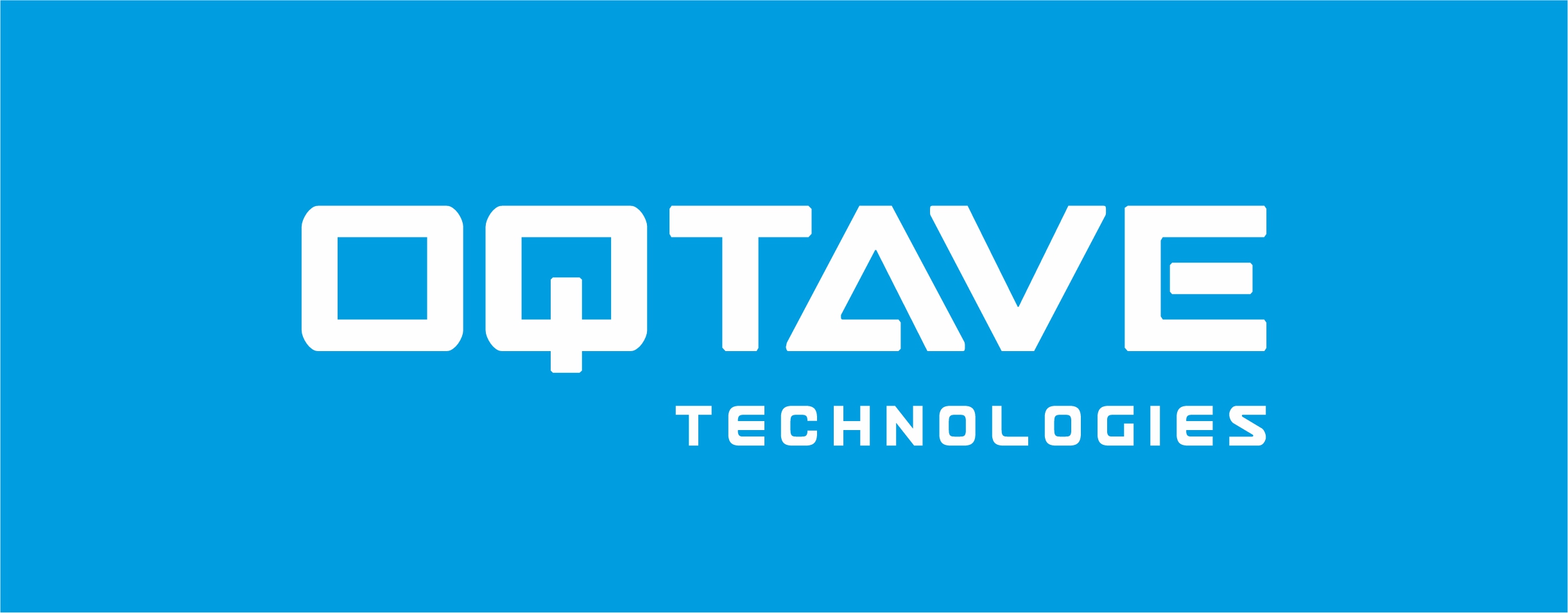Cabling & Raceways
Data Cabling
In a connected world the importance of data centers is growing, so too does the need for high-quality networks in order for the demands of the digital economy to be met. The modern datacenters relies on quick and efficient exchanges of information, to and from customers and between the active IT components it houses.Lorem ipsum dolor sit amet, consectetur adipiscing elit, sed do eiusmod tempor incididunt ut labore et dolore magna aliqua.
Raceways
We specialize in giving turnkey infrastructure solutions with capability of manufacturing passive infrastructure. OQTAVE has developed a strong presence in supplying Fabricated & Galvanized Steel Structures through various manufacturers. It is backed by the international standards certification and awarded many sizeable projects in this region. We are being supported by timely delivery for our turnkey projects with supreme quality & standards.
Telecommunication Cabling
-
Four Telecommunication Cabling Classes Have Been Developed:
- With no resilience and high risk such as with direct point to point (‘unstructured’) cabling
- With no resilience but fixed cabling systems are deployed
- Concurrently maintainable based on multi-path cabling systems
- Concurrently maintainable based on diverse routed topologies. This is the lowest risk (but highest cost) proposition.
Best Practice Program:
Oqtave Team Follows Best Practice Program:
- Planning
In order to establish the network requirements of the data center . - Mapping
Ensuring that ‘on-the-ground’ decisions reflect the objectives established through planning, through mapping the requirement onto the actual data center using the most suitable network topology design - Procurement
Making the correct choice of equipment for the network in terms of density, speed, reliability, efficiency, service and support, return on investment etc.
Structured Or Not?
The broad advantages of structured cabling over point to point cabling (such as that used on top of rack configurations in a data center are seen as improved energy efficiency, increased switch port utilization, quicker system adaption, greater scalability, easier network expansion, less maintenance and administration, less expensive switches and overall lower cost of ownership.
The Bandwidth And Latency
-
The bandwidth and latency requirements of the equipment within the data center and the service levels expected of it. Thus, the numbers of servers that are virtualized will increase the complexity of traffic through the data center and in particular this will influence the network topology for switching and routing.
